These incredible historic sites could soon disappear
On the brink
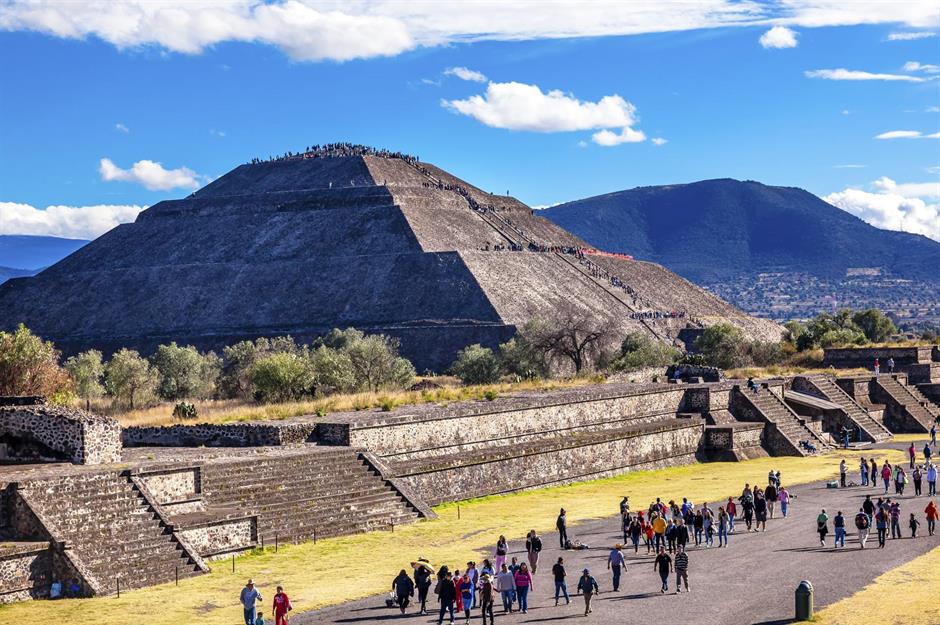
Every place has a story to tell, with its culture and architecture spanning hundreds, if not thousands, of years. However, climate change and human activity such as tourism, armed conflict and lack of cultural representation are threatening many important heritage sites. In response, the World Monuments Fund has selected 25 places that are entrenched in history and need immediate attention. Here, we look at what these historical sites are and why we need to protect them for future generations.
Mosque City of Bagerhat, Bagerhat, Bangladesh
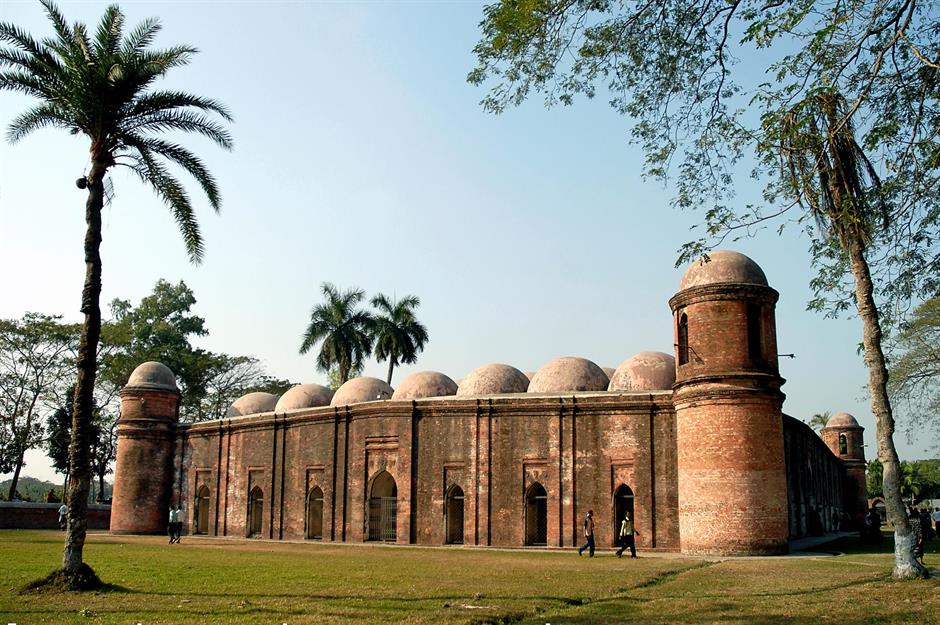
Once part of a bustling 15th-century capital called Khalifatabad, the Mosque City of Bagerhat still attracts visitors for worship. The capital’s founder and saint, Khan Jahan Ali, is buried here, making it a pilgrimage site. However, the historic area is now experiencing flooding due to rising sea levels from climate change. The modern-day city needs infrastructure investment to prevent these beautiful Tughlaq-influenced buildings from toppling.
Lamanai, Indian Church Village, Belize
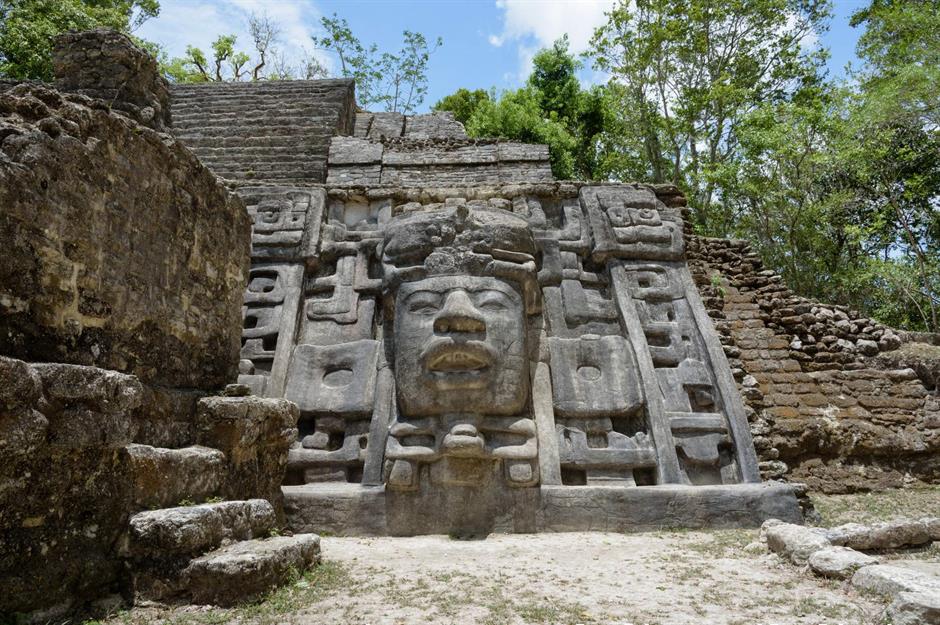
Lamanai marks the spot of a Yucatec Maya city, dating back to 1500 BC, that was continuously inhabited for 3,000 years. There are more than 700 Mayan structures here, but only a handful have been excavated. Later Guatemalan, El Salvadoran and European influences are also showcased by the diverse architecture and community here. Lamanai’s preservation is reliant on tourism, but the benefit of it has been extremely limited for the local residents. Now focus lies on making this historic attraction more inclusive of local voices and respectful of wildlife.
Monte Alegre State Park, Pará, Brazil
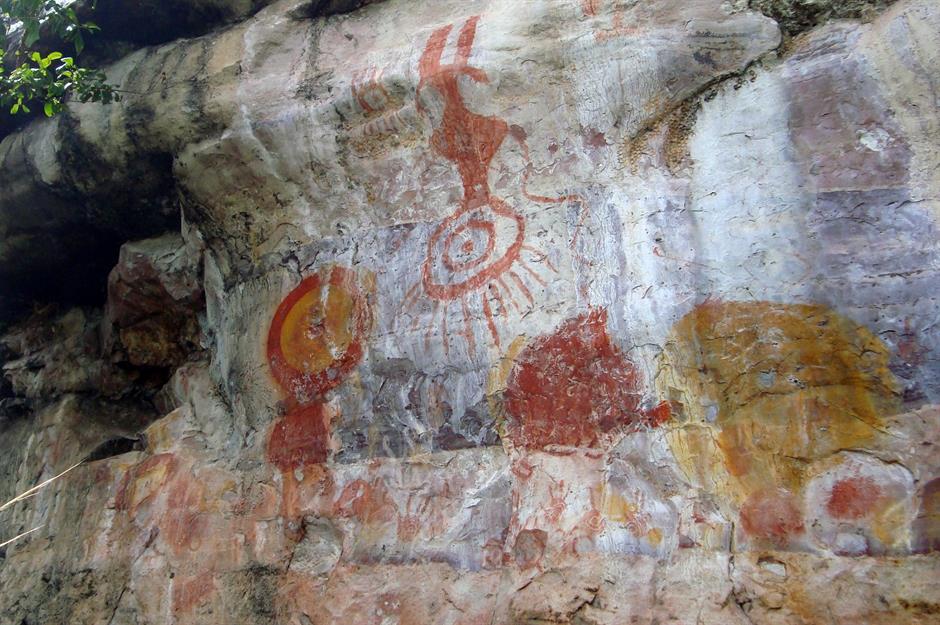
The 12,000-year-old rock paintings that adorn the walls of some caves in Monte Alegre State Park are a visual reminder of the cultural and technological evolution of the indigenous communities who’ve populated the Amazon for centuries. However, the increasing risk of wildfires as well as the growing agricultural industry threatens to erase these historic moments forever. Efforts are now being made to use the income from tourism to preserve the area and support the local indigenous community.
Abydos, Egypt
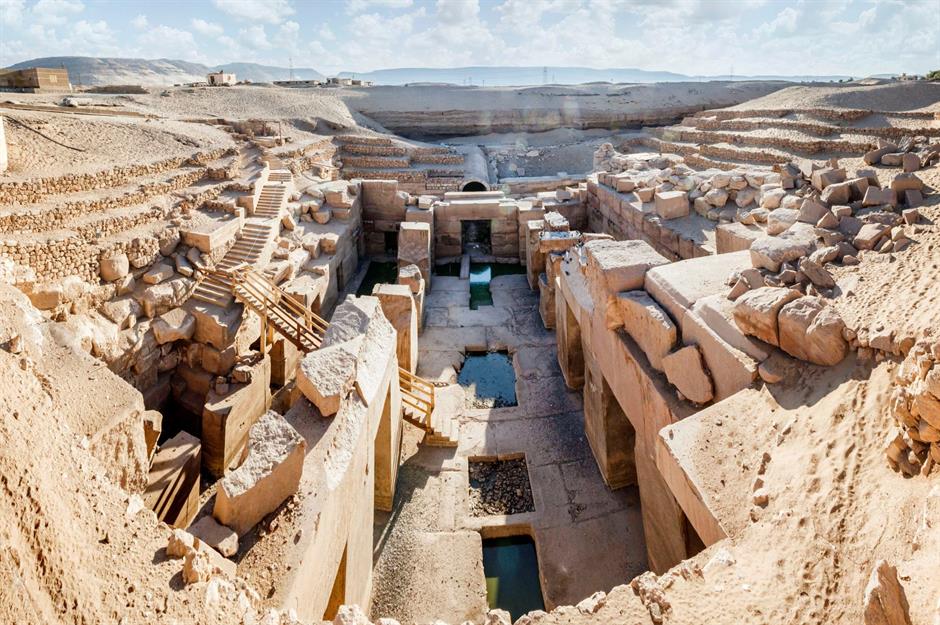
Some of Ancient Egypt’s first-ever pharaohs were laid to rest in the city of Abydos, which has been occupied since 3300 BC. The city’s numerous excavations offer a rich glimpse into Ancient Egyptian society and ideology. As a result, Abydos has intrigued tourists and looters alike, but the valuable ruins are beginning to suffer the consequences of human presence. In response, investments are now being made to create a more sustainable tourism model.
Sumba Island, Indonesia
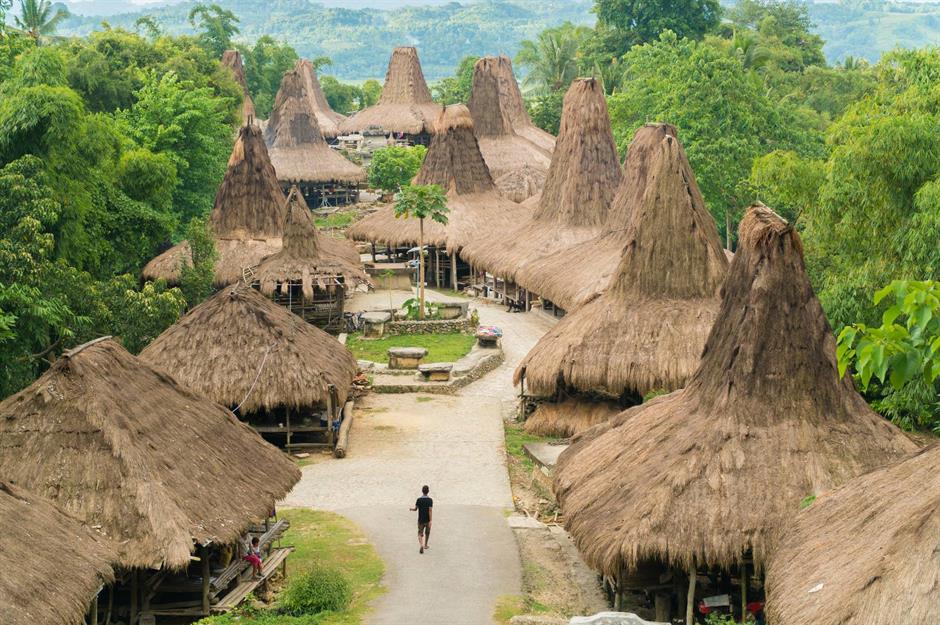
Cultural Landscape of the Bunong People, Mondulkiri Province, Cambodia
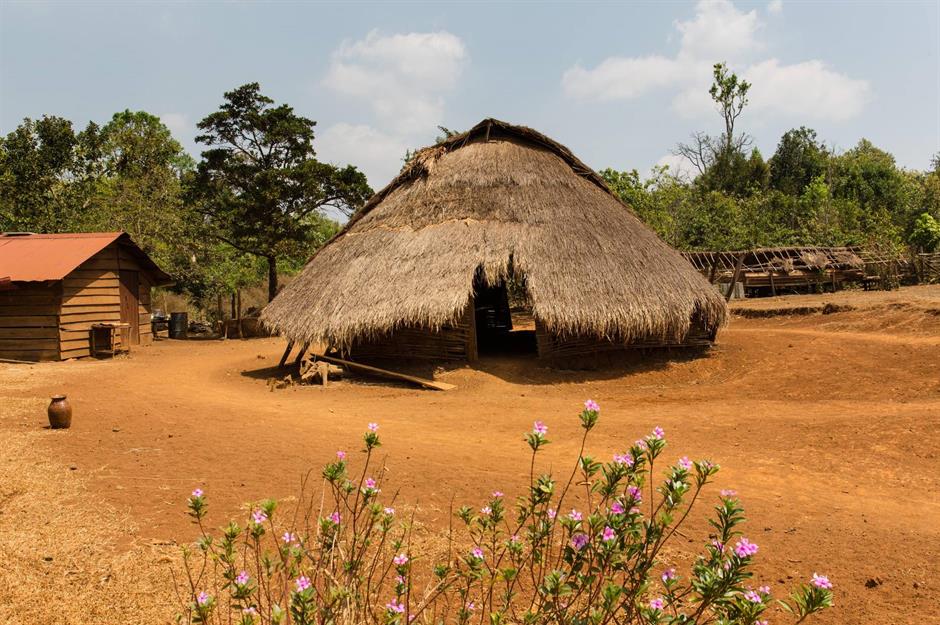
Heritage Buildings of Beirut, Lebanon
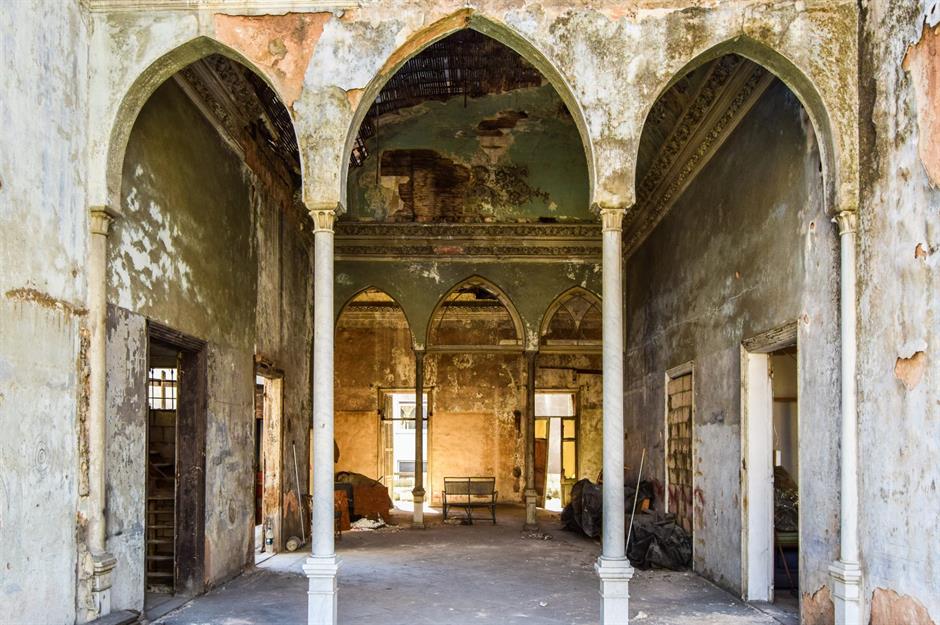
Koagannu Mosques and Cemetery, Maldives
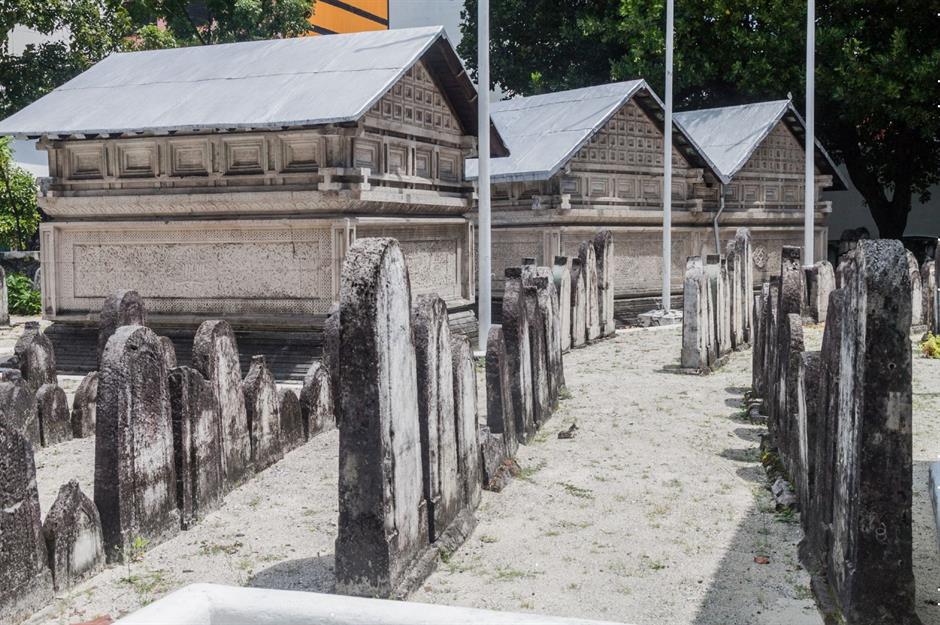
Hitis of the Kathmandu Valley, Nepal
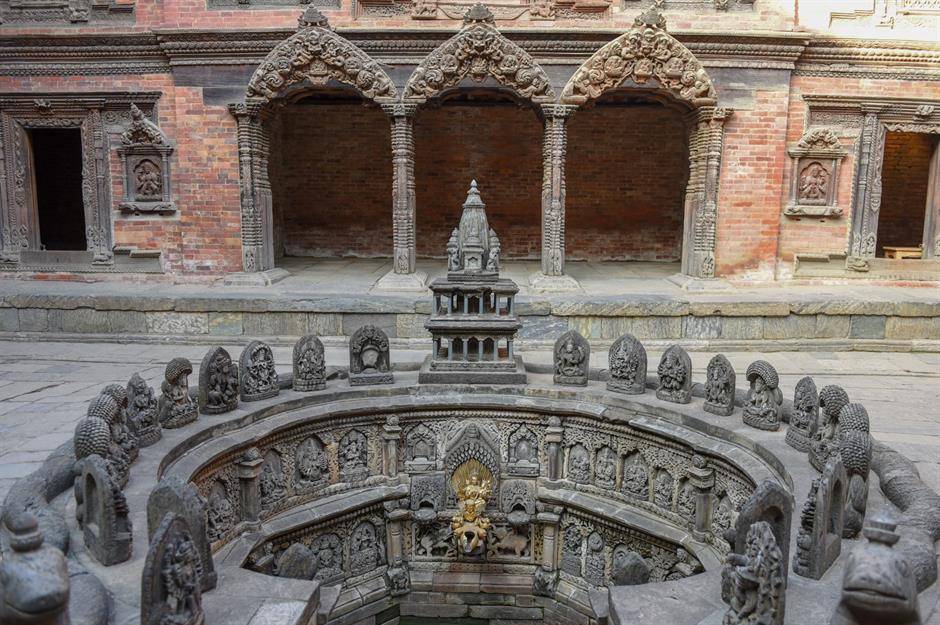
The Kathmandu valley is home to ornate water fountains (hitis) inspired by mythical creatures from Buddhism and Hinduism. Yet they do more than add to the aesthetic of the area. Since the 6th century, these fountains have been a vital source of running water for residents. Despite the dwindling number of hitis in the area, these fountains are still very much needed as 20% of residents don’t have running water in their homes. Efforts are being made to conserve the public fountains.
Love this? Follow our Facebook page for more travel inspiration
Tomb of Jahangir, Lahore, Pakistan
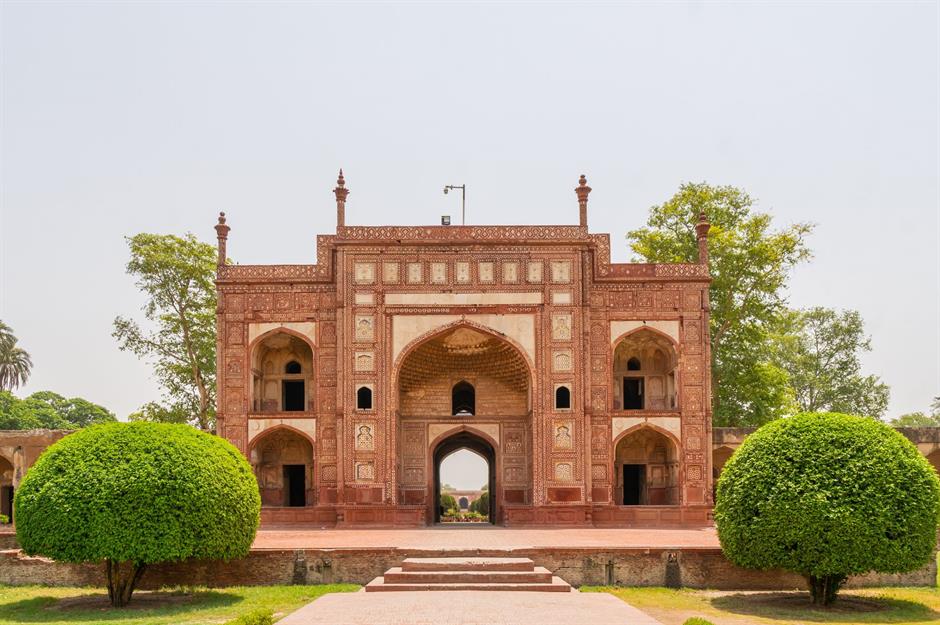
Fabric Synagogue and Jewish Heritage of Timișoara, Timișoara, Romania
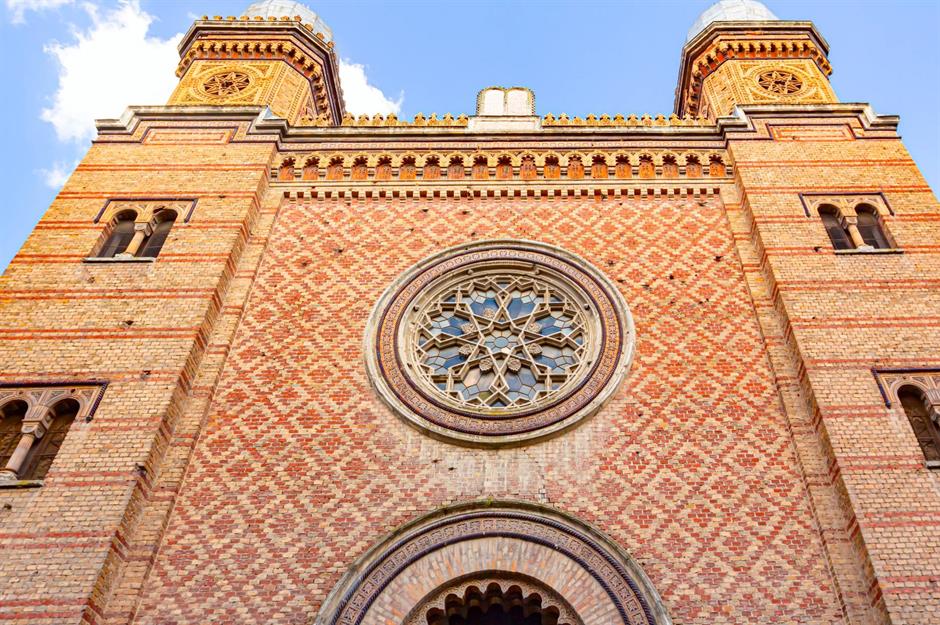
Nuri, Sudan
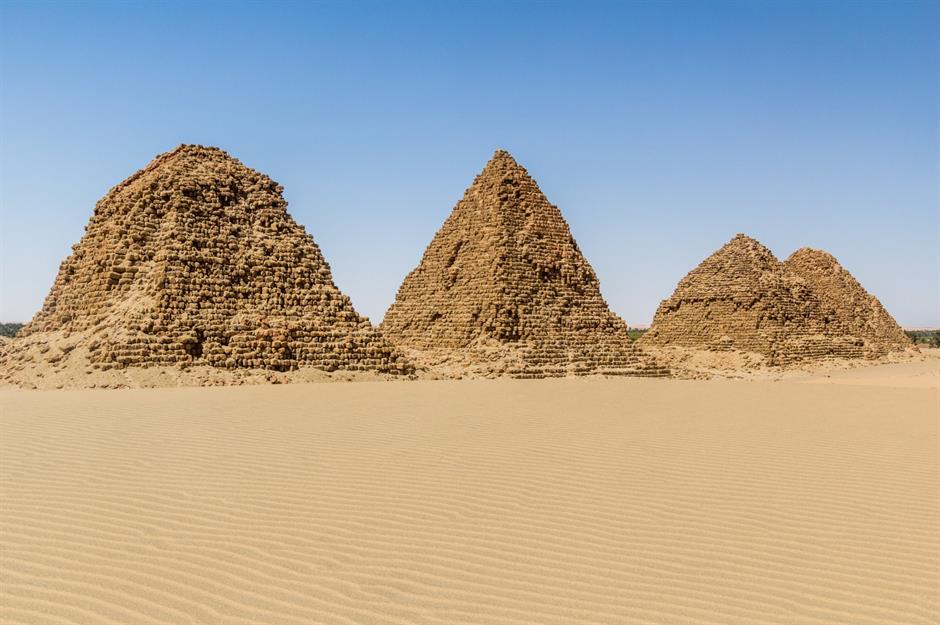
Soqotra Archipelago, Yemen
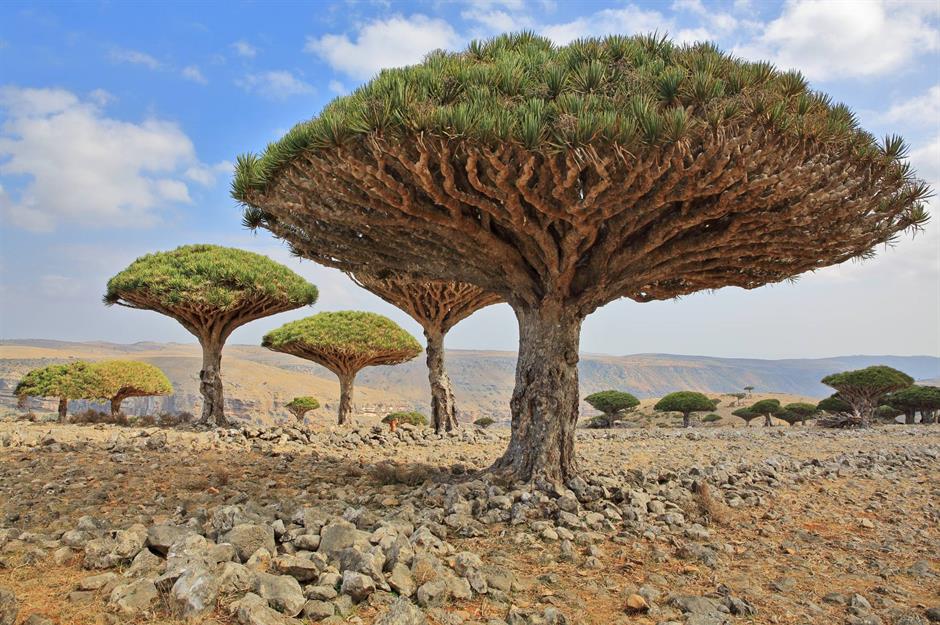
The island nature of Yemen’s Soqotra Archipelago has protected wildlife from too much human interaction. As a result, it’s home to botanical and animal species that can’t be found anywhere else in the world. Its uniqueness has attracted global efforts to maintain the island but preserving the rich culture of the local Soqotri people is often overlooked. As global warming continues to bring cyclones to the island, the aim is to protect the buildings and heritage of the Soqotri community.
Garcia Pasture, Brownsville, Texas, USA
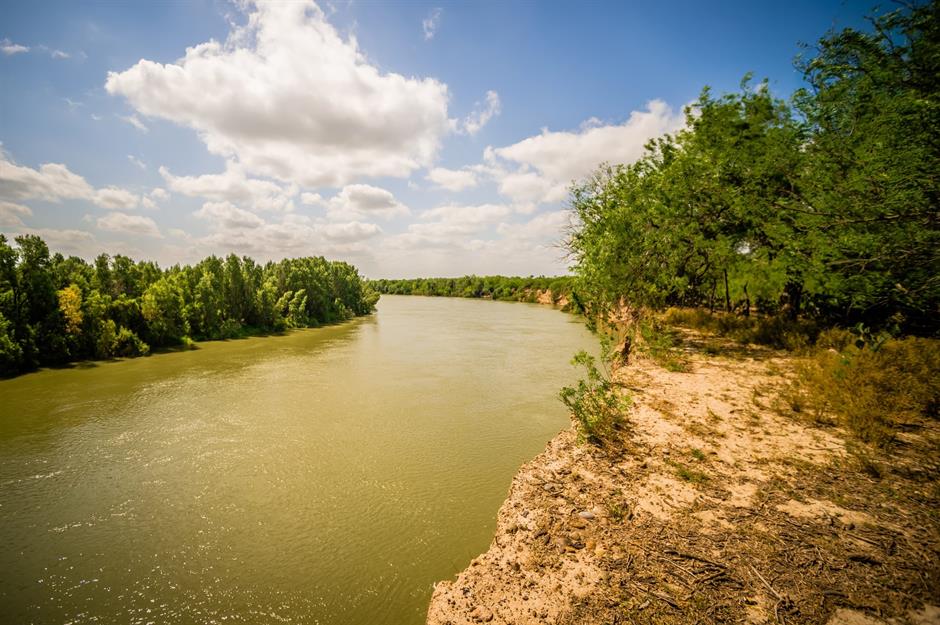
Kinchela Aboriginal Boys Training Home, Kinchela, New South Wales, Australia

Kinchela Aboriginal Boys Training Home is where hundreds of aboriginal children were forcibly removed from their homes and incarcerated by the government until as recently as 1970. These grounds are evidence of the abuse these children, known as the stolen generation, faced. The Kinchela Boys Home Aboriginal Corporation, a survivor-led organisation, is trying to conserve the site by making it a healing and learning centre to evoke action, support survivors and recognise victims’ suffering.
Asante Traditional Buildings, Ashanti Region, Ghana
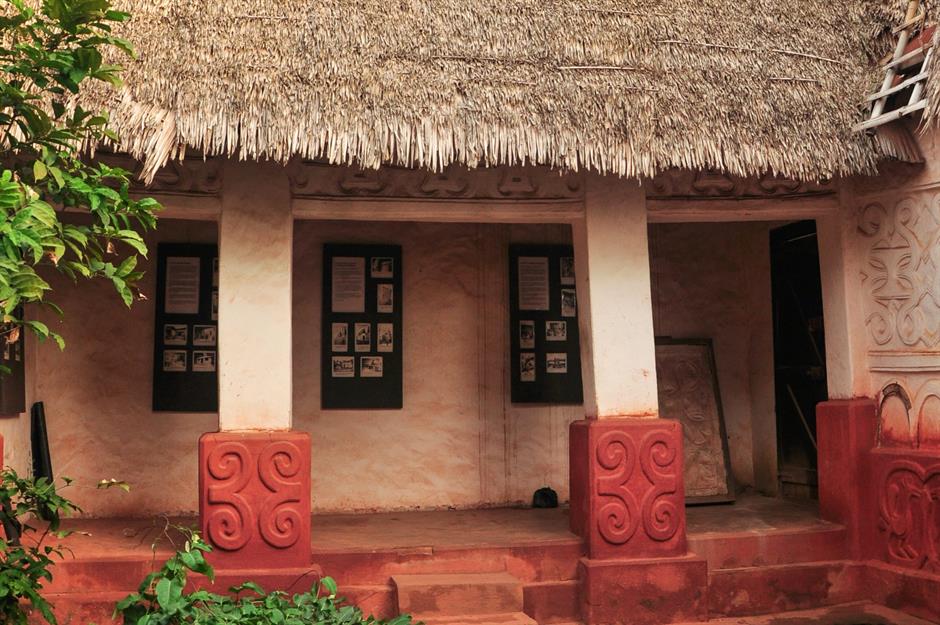
Hurst Castle, Lymington, England, UK
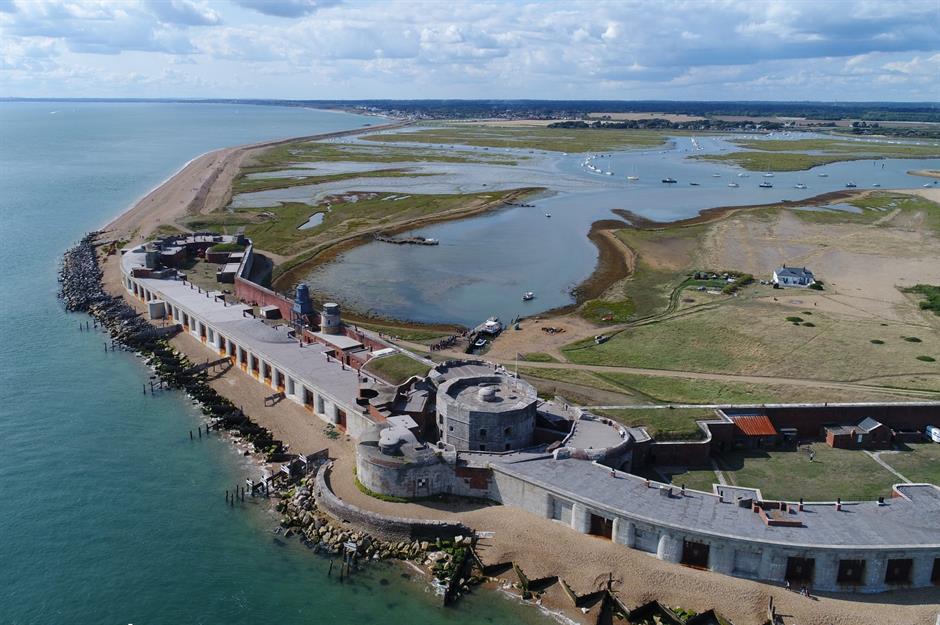
Hurst Castle, perched on a shingle spit of land, is the legacy of King Henry VIII’s anxiety to protect his power from invading forces. After his death, it continued to be used as a military base until the end of the Second World War. Ironically, the castle has never been attacked, but it now faces advances from the crashing waves surrounding it. Now English Heritage is trying to raise funds to conserve it by stabilising the castle's foundations.
Discover more of the world's amazing places swallowed by the sea
Benghazi Historic City Centre, Benghazi, Libya
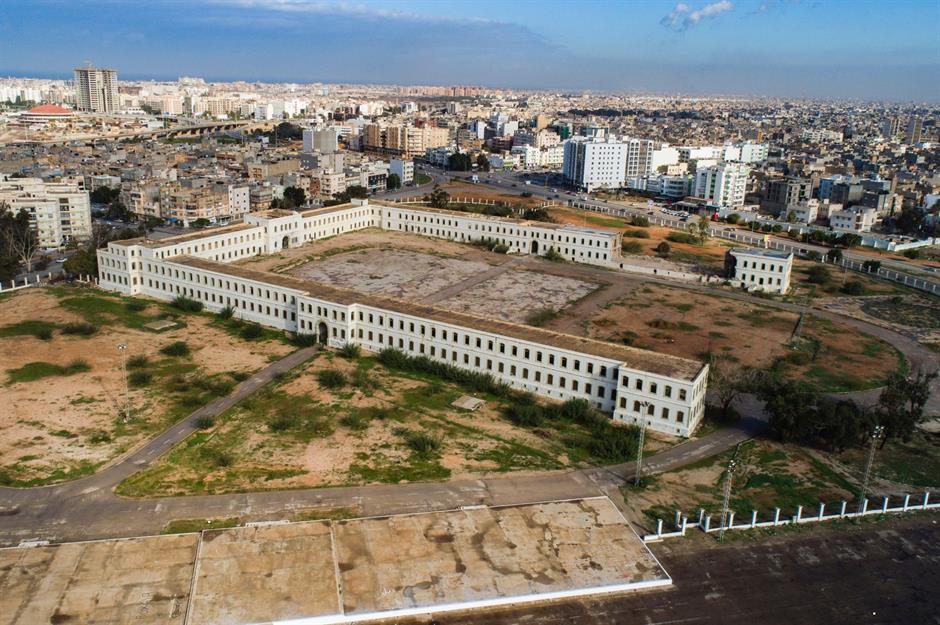
La Maison du Peuple, Ouagadougou, Burkina Faso
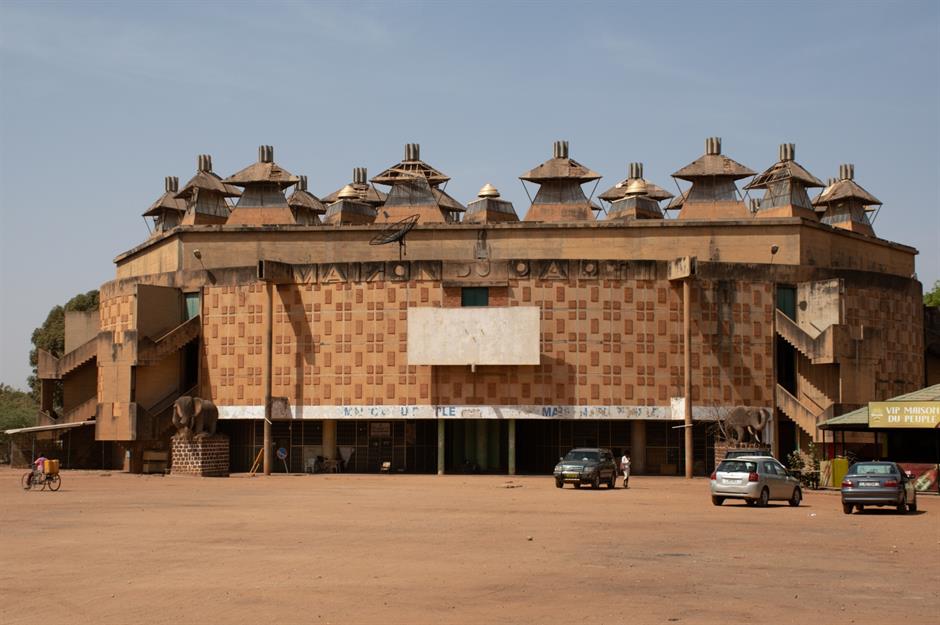
Fortified Manors of Yongtai, Fujian, China
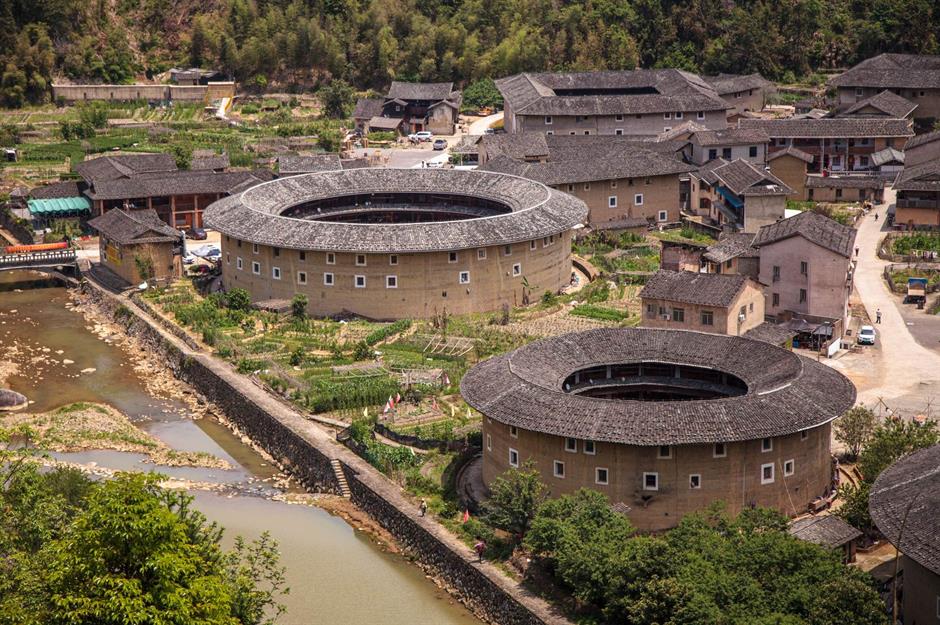
Tiretta Bazaar, Kolkata, India
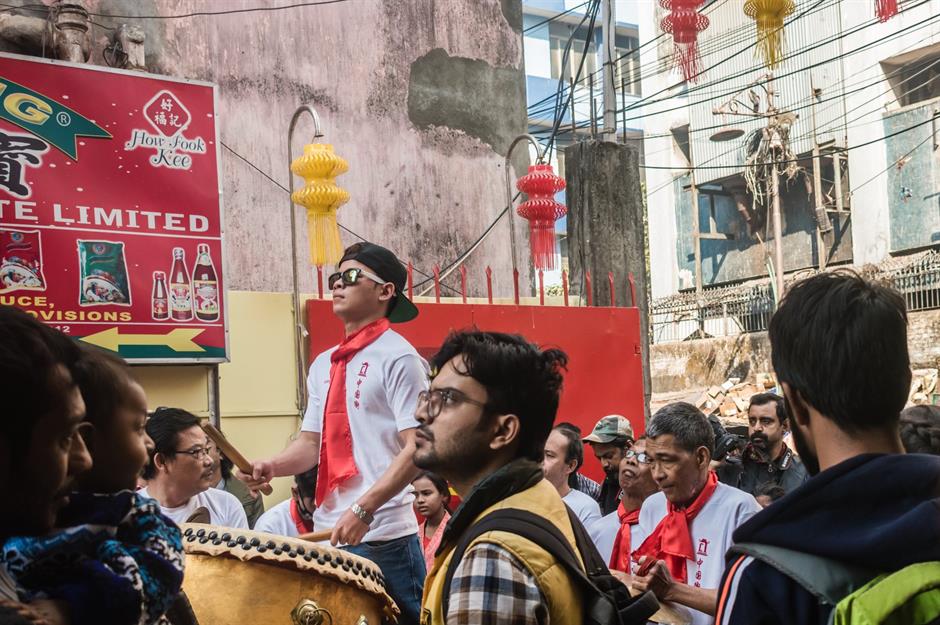
Chinese symbols and red lanterns may not be expected when walking through Kolkata, but the city is home to Tiretta Bazaar, India’s first-ever Chinatown. It’s a neighbourhood grown out of the old Indo-China trade routes and has a rich history of successful trading and links to the Chinese culture. Yet the local Chinese population is dwindling and Tiretta Bazaar’s neighbourhood and unique culture are being encroached on. Calls are being made to acknowledge and protect this diverse history.
Teotihuacan, San Juan Teotihuacan, Mexico
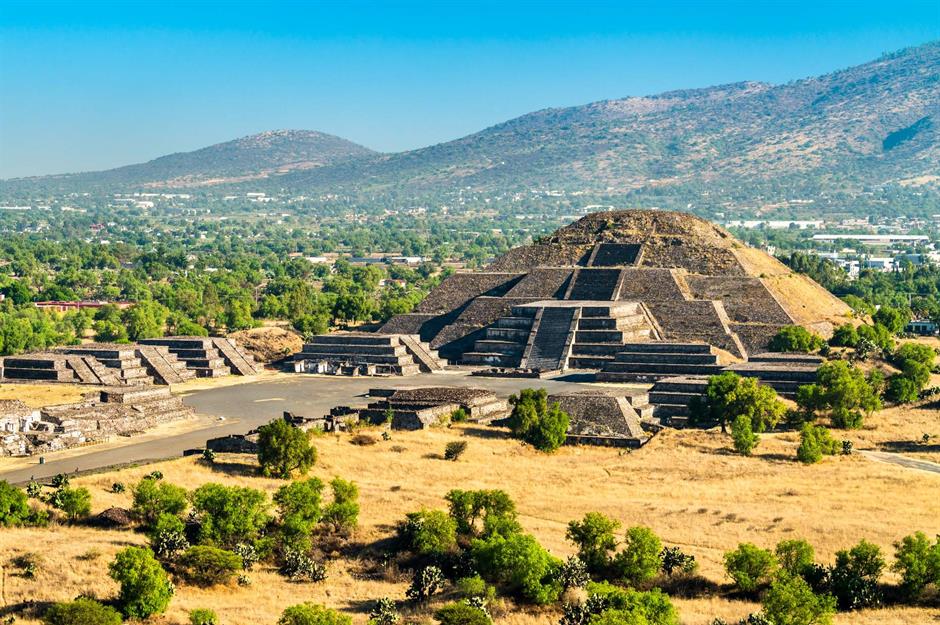
Teotihuacan, is one of the first urban societies in Mesoamerica. Its exact construction dates are not known, but the city began to form more than 2,000 years ago, and at one point became home to nearly 200,000 people. Today, Teotihuacan’s distinctive structures, such as the Pyramid of the Sun, the Pyramid of the Moon and the Temple of Quetzalcóatl are popular tourist attractions. Yet, the buildings’ deterioration and unregulated tourism have triggered calls for better conservation.
Yanacancha-Huaquis Cultural Landscape, Miraflores District, Peru
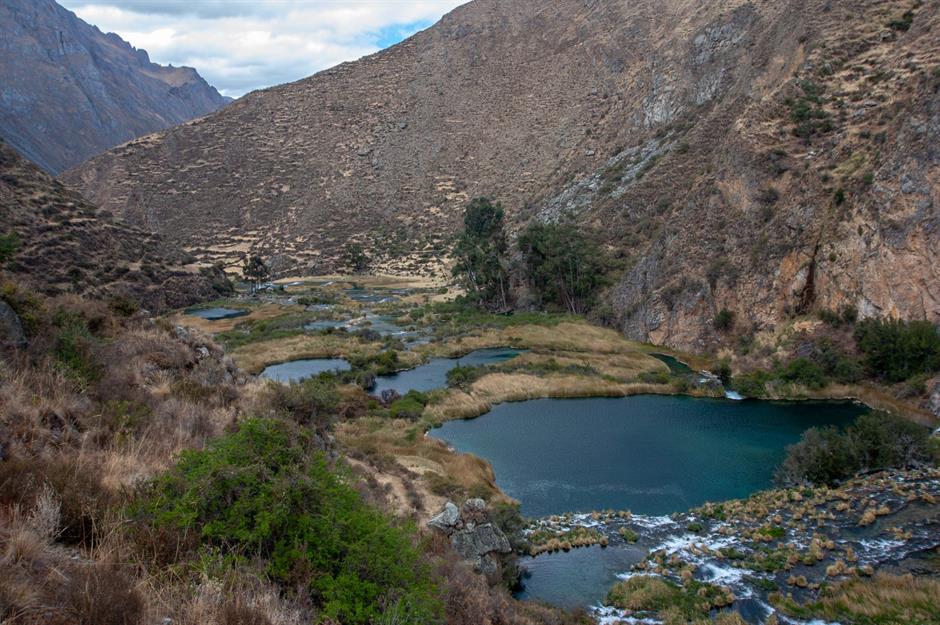
Conditions in the mountainous areas of the Andes can be extreme. In the 9th century, a pre-Inca community known as the Yauyos people built intricately connected dams, reservoirs and channels to ensure water reached their lands and livestock. As society has moved on these structures have been forgotten, however, they could potentially help control the ecosystem in the Miraflores district as global warming increases. The aim is to restore these smart structures, upholding the Yauyos people’s heritage.
Almada Negreiros Murals, Lisbon, Portugal
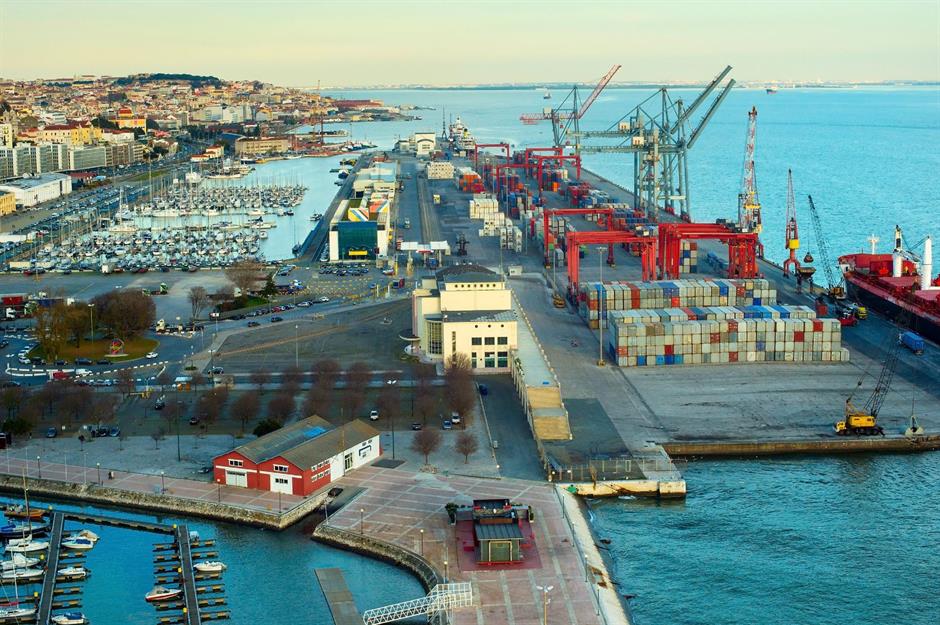
In 1933 the Estado Novo regime decided the maritime gateway into Lisbon should be a nationalist symbol. An artist called Jo de Almada Negreiros was commissioned to paint murals depicting Portugal’s greatness. However, he rebelled by depicting Portugal’s diversity and its struggles. Needless to say, these murals were controversial. They provide a glimpse into a key political moment in Portuguese history. The port (pictured) hopes to rejuvenate these buildings and protect the murals.
Mobile, Africatown, Alabama, USA
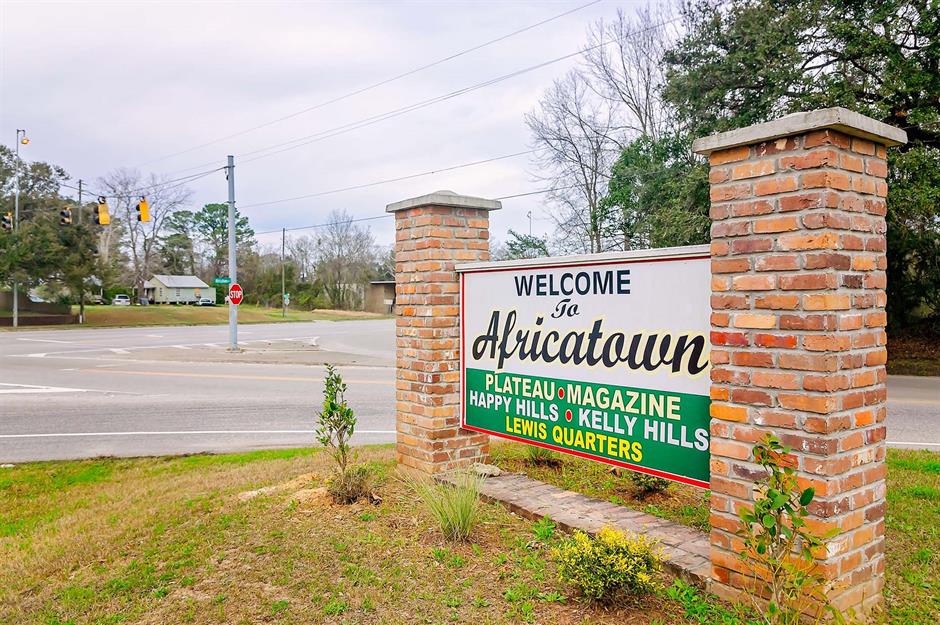
Africatown was founded by enslaved people and it was recently discovered that some of these people were survivors of the Clotilda – a schooner that imported 110 Africans to America after the slavery ban. When the captain became suspected of illegal activity, the ship was sunk and those enslaved were told to hide in marshes – settling in Africatown. The town upholds African traditions and residents are keen to raise awareness of the struggles and atrocities conflicted against their ancestors.
Now take a look at the world's landmarks under threat from climate change
Comments
Do you want to comment on this article? You need to be signed in for this feature